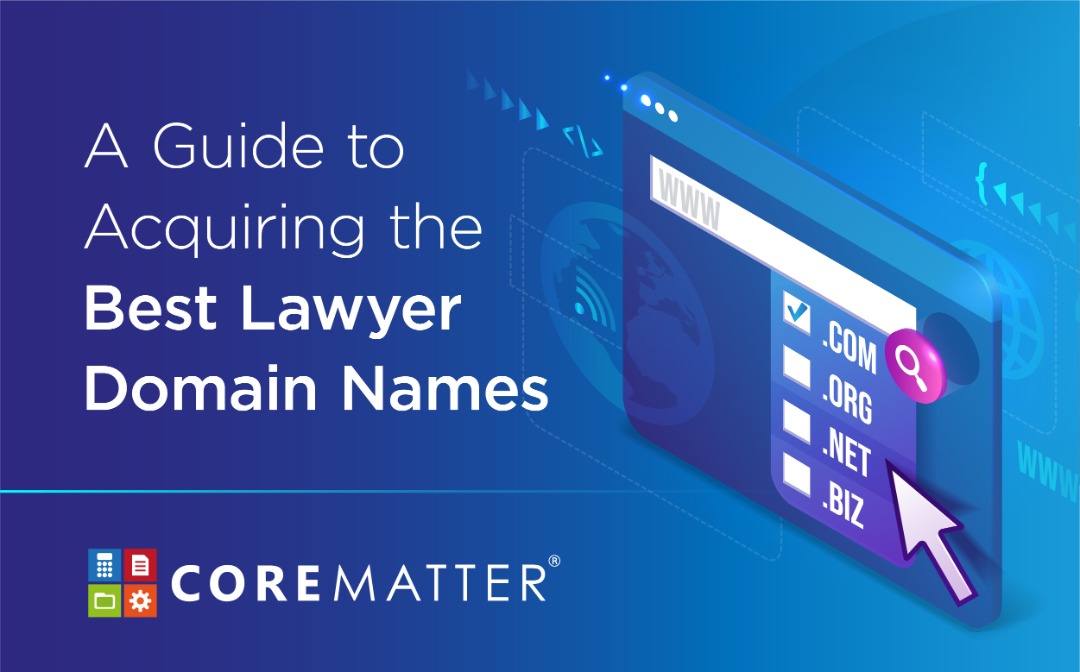
Crafting Copy For PPC Marketing Within The Legal Industry
As we continue to dive deeper into digital marketing tailored to the legal industry, this week brings us to the conclusion of our first post within the series.
And with that, the ability to craft PPC ads that transform clicks into actionable leads.
So, with that, let’s jump back into creating your firm’s first PPC campaign with a focus on arguable the most critical aspect of any ad, persuasive copy that converts.
Creating Content Worth A Click
While the backend of your PPC campaign will determine its opportunity to be effective, ultimately the content, the written copy of the ad and the type of call to action it utilizes, will be what determines whether or not a potential lead clicks on your ad or not.
So, how does your firm break through and stand out among the crowd?
Well, unlike the other facets of creating an effective PPC campaign, crafting copy that converts takes a little more practice.
Though, while it might take a bit of trial and error to fine tune your ad’s copy, with a bit of testing, conversions are sure to follow effective copy.
To begin, you’ll have to account for the character limits set in place by PPC marketing platforms such as Google Ads as they’ll be the key boundary in creating your ad’s copy.
Let’s breakdown the character limit by field within the ad:
| Field | Character Limit |
|---|---|
| Headline 1 | 30 Characters |
| Headline 2 | 30 Characters |
| Headline 3 | 30 Characters |
| Description 1 | 90 Characters |
| Description 2 | 90 Characters |
| Path | 15 Characters |
So, bearing in mind the limitations, the length of copy in which your firm can successfully convert a potential lead is rather short.
Though, in utilizing each character to its full limit and distilling your message down to its core principle while encapsulating the needs of a visitor, it is possible to write PPC copy that converts a considerable amount of traffic.
With that, let’s look into each facet of PPC ad copy to determine a few strategies for crafting persuasive copy tailored to each.
You Had Me By The Headline –
The headline, although the shortest in length, provides a greater opportunity of convincing visitors to follow through with your CTA so like all first impressions they have to create a strong opening argument.
So, that said, take the opportunity to envision what might drive a potential lead to the search page in the first place. Take into account the intent of the visitor, the types of questions they may have, as well as what they are truly searching for and then use this empathetic approach to crafting your opening to your ad.
 Primarily, as per a general strategy, it is more effective to utilize your first two headlines as opportunities to address the potential lead’s needs directly, leaving the third headline for your firm’s name, if necessary, as that portion is often truncated within mobile.
Primarily, as per a general strategy, it is more effective to utilize your first two headlines as opportunities to address the potential lead’s needs directly, leaving the third headline for your firm’s name, if necessary, as that portion is often truncated within mobile.
Within the first two headlines, immediately provide an answer to how you intend to help a potential lead while providing a strong sense of what your firm offers.
To put this into action, a group of headers that reads,
“Personal Injury Attorney | A Generic Law Firm| Serving Greater Singapore” is not quite as effective as headlines that understand the intent of a visitor such as
“Experience a Workplace Injury? | Receive Full Compensation | #1 in Claims Within Singapore” does.
In addressing the needs of the potential lead while providing them with a snippet of accolades your firm has earned, the potential to convert increases.
And thus causes them to read further on towards your ad’s descriptions.
Descriptions That Drive –
After capturing the attention of a visitor with your headlines, the opportunity to drive the potential lead into following through with your CTA falls to a well crafted description.
Much like the headlines, this portion of copy should still draw upon the experience of the potential lead while providing them with a bit more in-depth information regarding your firm as well as the services you intend to offer. Additionally, this will be the section in which you house the most critical aspect of your ad, your call to action. 
Simply put, your call to action, or CTA, is the bit of copy that is urging a potential lead to take a desired action such as calling your firm, visiting a landing page, or perhaps filling in a contact form.
So, when combining these independent pieces together to create both description fields it is imperative to envision a continuous drive leading towards the desired outcome or action, thus bringing them together to form a persuasive piece of copy with the intention of conversion.
The takeaway for creating effective ad copy?
Keep it short, keep it focused upon your audience’s needs, and of course keep testing until it produces results.
Which brings us to the second critical piece of a PPC ad, deciding on the desired outcome of a successful ad. So, once you have a potential leads attention, what’s next?
To Click or To Call?
Some might prefer to create a call-only campaign that would direct interested leads to directly call the firm, cutting out the need for further steps in the sales funnel and thus minimizing the risk of losing potential leads.
Though if your firm is not yet ready to set in place a resource to capture each call, this option might cause your ad to lose potential leads before any traction can begin.
Others, on the other hand, take the approach of directing interested leads towards landing pages specifically designed to continue potential clients along the sales funnel towards the final point of engagement.
And while this approach does involve more steps within a sales funnel, it does allow for a less resource heavy approach in terms of setting up call centres or dedicated virtual answering services to capture each call.
So, it is important to decide which particular approach best suits your firm’s needs as well as available resources in terms of deciding a final desired outcome of a successful PPC ad.
And with that, you’re ready to begin crafting your firm’s first PPC ad.
Of course, building viable leads from any facet of marketing takes time and concerted effort so be patient with yourself in crafting the necessary facets while remembering to continuously test for results. Often, you’ll find that what works for some markets might not work for others.
Though, if leads don’t immediately start pouring in don’t get discouraged and abandon this all too effective facet of marketing yet.
Simply revamp your ad, test, and repeat until the leads begin to flow.
Don’t forget to follow us on Facebook and LinkedIn!
And if you’re firm is ready to prepare themselves for a shift to the modern age of practising law, head over to our sign up form for a free month of service when you sign up today.
Until the next time, let’s focus on what matters with CoreMatter.


